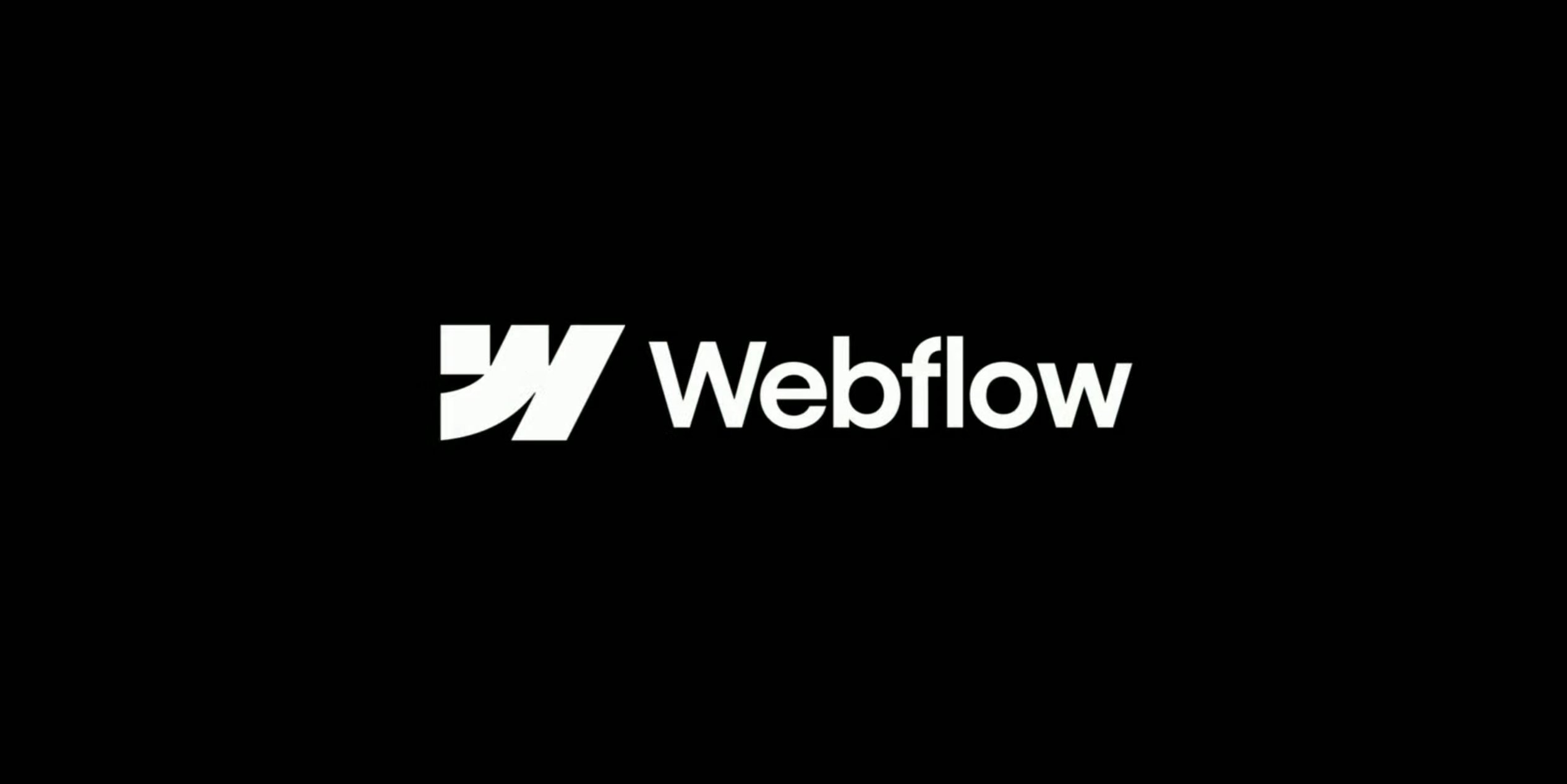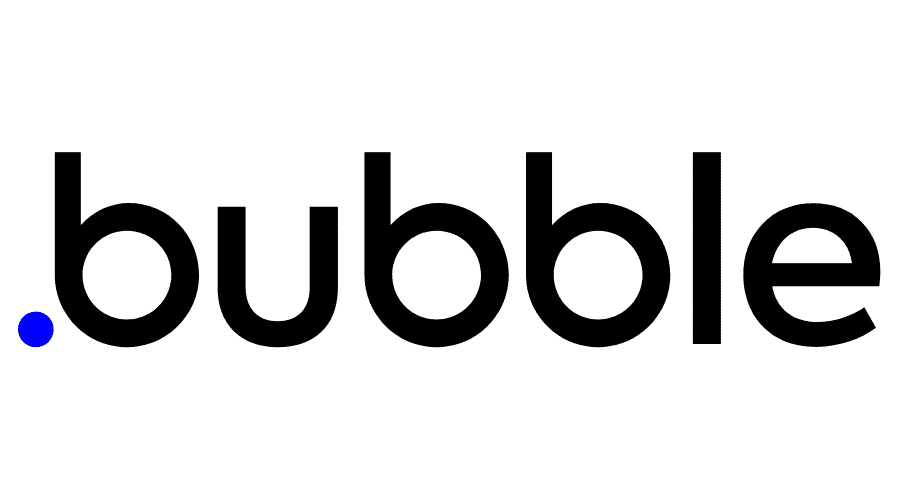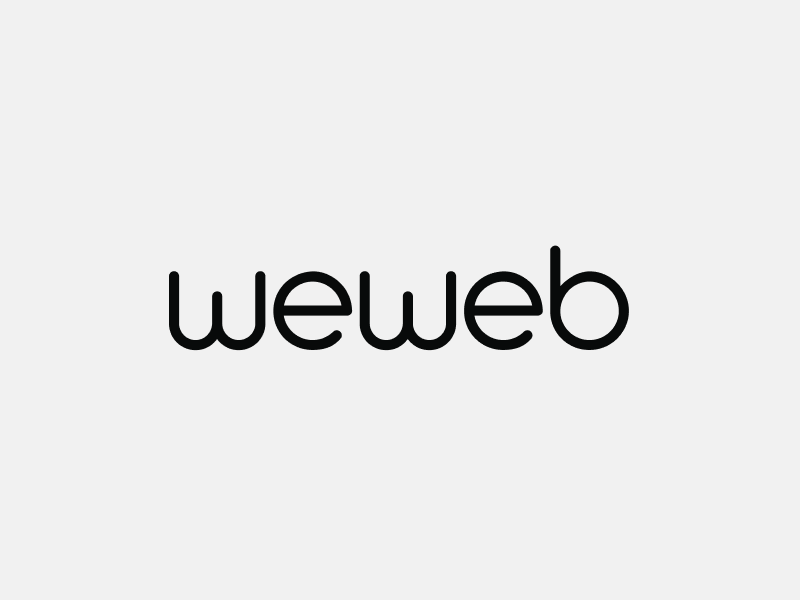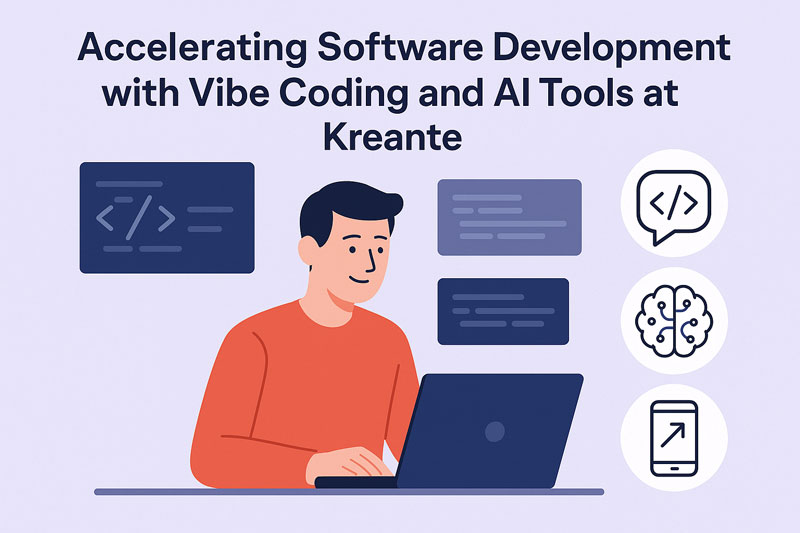

The Design Revolution in No-Code: Creating Professional Digital Experiences in 2025
Publié le 15 janvier 2024
Par Marianella Saavedra Terkes - 6 minutes de lecture

Have you ever wondered if it’s truly possible to create a professional application without writing code? In 2025, the answer isn’t just a simple yes – it’s a resounding affirmation that has transformed how businesses approach digital development. No-code and low-code platforms, leveraging visual programming, have evolved so dramatically that they’re not just alternatives to traditional development; they’re often the preferred choice for creating sophisticated digital experiences.
Introduction to No-Code and Low-Code Development
No-code and low-code development have revolutionized the way businesses approach application development. No-code development platforms provide a visual interface, while low-code development platforms offer a more flexible approach, allowing users to write some code to enhance and extend functionality. Both approaches are designed to streamline the development process, reduce costs, and increase productivity.
In essence, no-code platforms democratize the development process, allowing anyone with a good idea to bring it to life faster. On the other hand, low-code platforms strike a balance by offering more customization options but still speed up the development process. Together, these technologies are breaking down barriers and enabling faster, more efficient creation of digital solutions to solve complex business challenges, making them accessible to both experienced developers and business users alike.g.
Breaking Down the "No-Code Means Basic" Myth
One of the most persistent misconceptions about no-code development is that it only allows for simple, template-based designs that look generic and unprofessional. This couldn’t be further from the truth in today’s landscape. Major enterprises, including Fortune 500 companies like Visa, Disney, and Nike, have embraced no-code tools for various projects. They’ve discovered what many forward-thinking businesses already know: these platforms offer unprecedented flexibility and customization capabilities.
The real power of modern no-code and low-code platforms lies in their ability to create unique, branded experiences that stand out in the digital landscape. These aren’t just basic websites or simple apps – they’re fully-realized digital products that can compete with traditionally developed solutions in both functionality and design sophistication.
Ce que les plateformes d'aujourd'hui apportent réellement
Webflow: Beyond Traditional Website Boundaries

When people think of website builders, they often imagine rigid templates and limited functionality. Webflow shatters these expectations by offering a platform where creativity truly has no bounds. Companies are creating immersive web experiences that previously required teams of developers and designers.
The platform enables businesses to create fully customized e-commerce experiences that rival custom-built solutions. For instance, a boutique furniture company recently launched their entire online store through Webflow, complete with custom product configurators and a unique checkout experience. They achieved this in weeks rather than the months it would have taken with traditional development, and at a fraction of the cost.
Bubble: Où les applications web complexes prennent vie

Bubble a révolutionné le monde des applications web. Cette plateforme ne se limite pas à des outils simples, elle est capable de créer des plateformes sophistiquées qui peuvent gérer des logiques commerciales et des gestions de données complexes.
The platform particularly excels in creating sophisticated marketplace solutions. These aren’t simple listing sites. Modern no-code marketplaces include features like advanced search algorithms, real-time chat, automated matching systems, and sophisticated payment processing.
Les systèmes d'automatisation des processus d'entreprise ont également trouvé leur place sur Bubble. Les entreprises créent des systèmes de flux de travail personnalisés qui correspondent parfaitement à leurs processus uniques.
FlutterFlow : des applications mobiles natives sans compromis

Le paysage du développement d'applications mobiles a été particulièrement transformé par FlutterFlow. Cette plateforme permet de créer des applications mobiles natives qui ne se distinguent pas des applications développées traditionnellement en termes de performances et d'expérience utilisateur.
La sophistication des applications créées avec FlutterFlow s'étend à des fonctions telles que la synchronisation des données en temps réel, des systèmes complexes d'authentification des utilisateurs et une intégration transparente avec le matériel de l'appareil. Les applications peuvent exploiter les caméras, le GPS et les capteurs de l'appareil tout en conservant une fonctionnalité hors ligne et en gérant les notifications push avec des mises à jour en temps réel.
WeWeb: Enterprise-Grade Applications Made Accessible

WeWeb has established itself as a powerful solution for creating enterprise applications that previously required extensive development resources. The platform excels in creating internal tools and customer-facing applications that integrate seamlessly with existing business systems.
WeWeb's structured approach can be likened to a program, providing detailed frameworks and policies that streamline the development and testing process and enhance efficiency.
Des capacités avancées qui font taire les sceptiques
Intégration et connectivité
The integration capabilities of modern no-code platforms are remarkably advanced. These platforms seamlessly connect with virtually any existing system through APIs, allowing businesses to maintain their current infrastructure while introducing new capabilities via no-code solutions. This integration enhances the overall process and ensures that organizations can respond quickly to changing demands.
Modern no-code platforms support complex integrations with:
Processeurs de paiement tels que Stripe et PayPal
Systèmes de gestion de la relation client (CRM) tels que Salesforce et HubSpot
Outils d'automatisation du marketing
Plateformes d'analyse
API et bases de données personnalisées
Sécurité et évolutivité
Security and scalability, often cited as concerns with no-code platforms, have been thoroughly addressed. Enterprise-grade security features are now standard, including advanced authentication systems that support multiple authentication methods, from traditional email/password combinations to sophisticated SSO solutions and biometric authentication.
Les fonctions de protection des données et de confidentialité garantissent la conformité avec les principales normes de sécurité et peuvent être configurées pour répondre à des exigences ou règles réglementaires spécifiques telles que GDPR, HIPAA ou CCPA. Les plateformes offrent un cryptage robuste des données, à la fois en transit et au repos.
The Role of Design in No-Code and Low-Code Development

Design plays a critical role in no-code and low-code development. A well-designed application is not only visually appealing but also provides a seamless user experience. No-code and low-code platforms provide a range of design tools and templates that enable users to create professional-looking applications without extensive design experience. However, the design process goes beyond just aesthetics; it also involves creating a user interface that is intuitive and easy to use. Effective design can make or break an application, and no-code and low-code platforms provide the tools and resources needed to create applications that meet the needs of both business users and customers.
In the world of no-code and low-code development, design is not an afterthought but a fundamental component of the development process. These platforms offer customizable design elements that allow users to create visually stunning and highly functional applications. By prioritizing design, businesses professional developers can ensure that their applications not only look good but also deliver a superior user experience, ultimately leading to higher customer satisfaction and engagement.
o de garder une longueur d'avance sur la concurrence et de répondre en permanence aux besoins en constante évolution de leurs clients.
The Business Case for No-Code/Low-Code
Délai de mise sur le marché
One of the most compelling advantages of no-code development is the dramatic reduction in development time. Projects that traditionally took months can now be completed in weeks or even days. This acceleration isn't just about getting to market faster – it's about the ability to iterate and improve based on real user feedback.
Rapport coût-efficacité
The financial benefits of no-code development extend beyond the obvious reduction in development costs. Organizations save on:
Investissement initial de développement
Coûts d'entretien courants
Gestion de la dette technique
Coûts d'infrastructure
Flexibilité et contrôle
L'un des principaux avantages de ces plateformes est leur capacité à faciliter les changements et les mises à jour rapides. Les organisations peuvent procéder à des ajustements et les appliquer presque instantanément, ce qui leur permet de lancer des projets en un temps record. Au fur et à mesure que le projet évolue, des mises à jour continues peuvent être intégrées de manière transparente, garantissant ainsi que l'application grandit et s'adapte en même temps que l'entreprise. Cette approche dynamique permet aux entreprises de rester réactives aux demandes du marché et aux besoins des utilisateurs, favorisant ainsi un environnement d'innovation et d'amélioration constantes.

Looking Forward: The Future of No-Code
As we move through 2025, the capabilities of no-code and low-code platforms continue to expand. Artificial Intelligence is being integrated into these platforms, enabling even more sophisticated applications. Machine learning models can now be implemented without coding knowledge, opening up new possibilities for automation and data analysis.
L'avenir est prometteur :
Une intégration encore plus poussée avec l'IA et l'apprentissage automatique
Des outils de développement visuel plus sophistiqués
Amélioration des capacités d'optimisation des performances
Fonctionnalités étendues pour les entreprises
Meilleure compatibilité multiplateforme
Getting Started with No-Code Development
For businesses considering no-code development, the path forward doesn't have to be overwhelming. Start by:
Identifier un besoin ou un processus spécifique de l'entreprise qui pourrait bénéficier de l'automatisation ou de la numérisation
Recherche de plateformes spécialisées dans votre type de projet
Commencer par un petit projet pilote pour le lancer aussi vite que possible
The most serious examples of successful no-code implementations often begin with a clear understanding of business objectives.
Conclusion
The no-code revolution isn't just about making development more accessible – it's about fundamentally changing how we approach digital solutions. As these platforms continue to evolve, the question is no longer whether no-code can handle complex applications, but rather how organizations can best access and leverage these powerful tools to drive innovation and growth.
Kreante offers no-code and low-code specialists with the expertise to assist with projects of any size, whether small or large. Their team is equipped to help businesses harness the full potential of these platforms to achieve their development goals efficiently.
The possibilities are virtually limitless, and the technology continues to improve at a rapid pace. For businesses looking to stay competitive in the digital age, no-code and low-code platforms offer a compelling path forward – one that combines power and flexibility with accessibility and speed.

Accélérer le développement de logiciels avec Vibe Coding et les outils d'IA chez Kreante

Kreante: Accelerating Your AppDevelopment with Low-Code, AI, and “Vibecoding”




.png)
